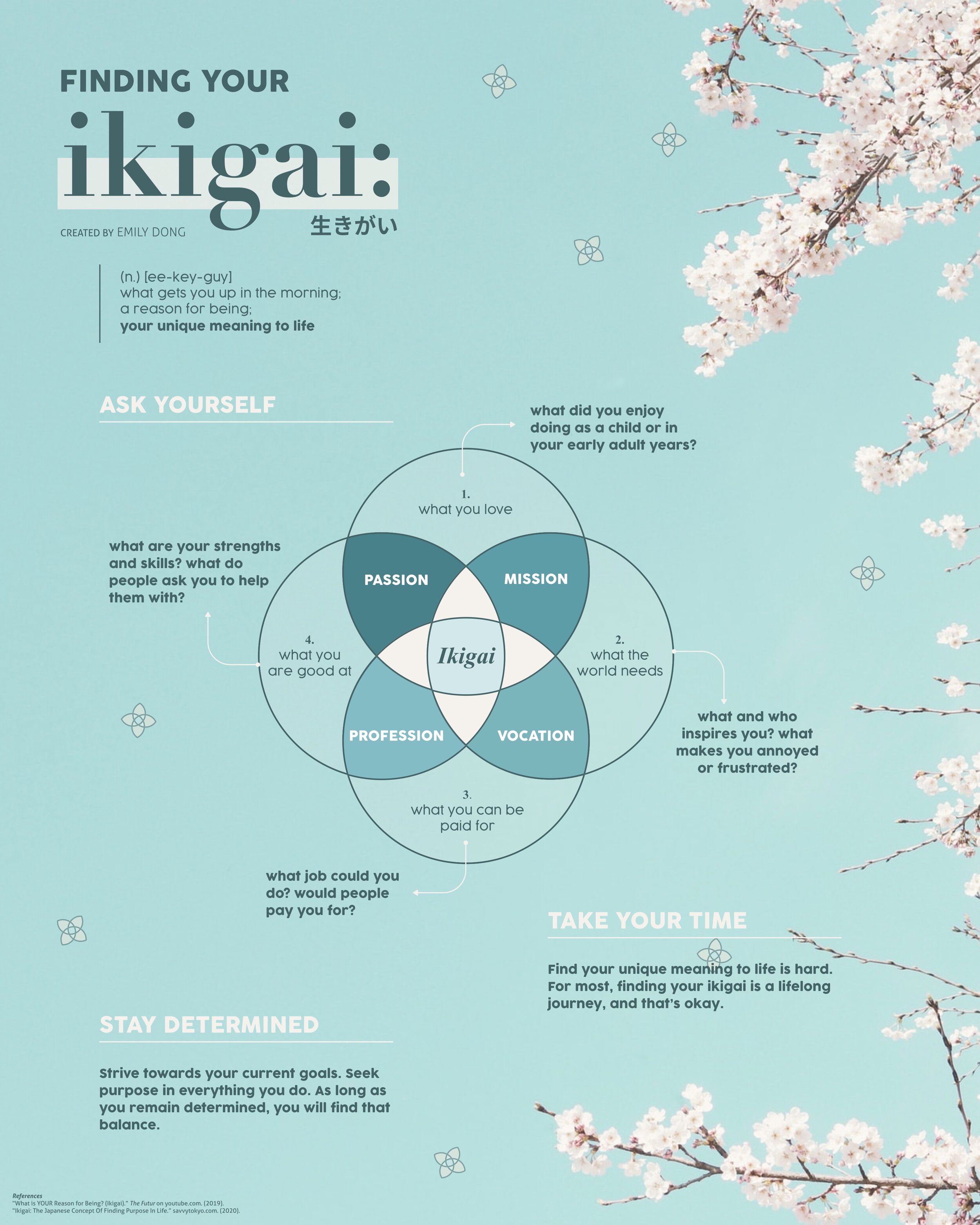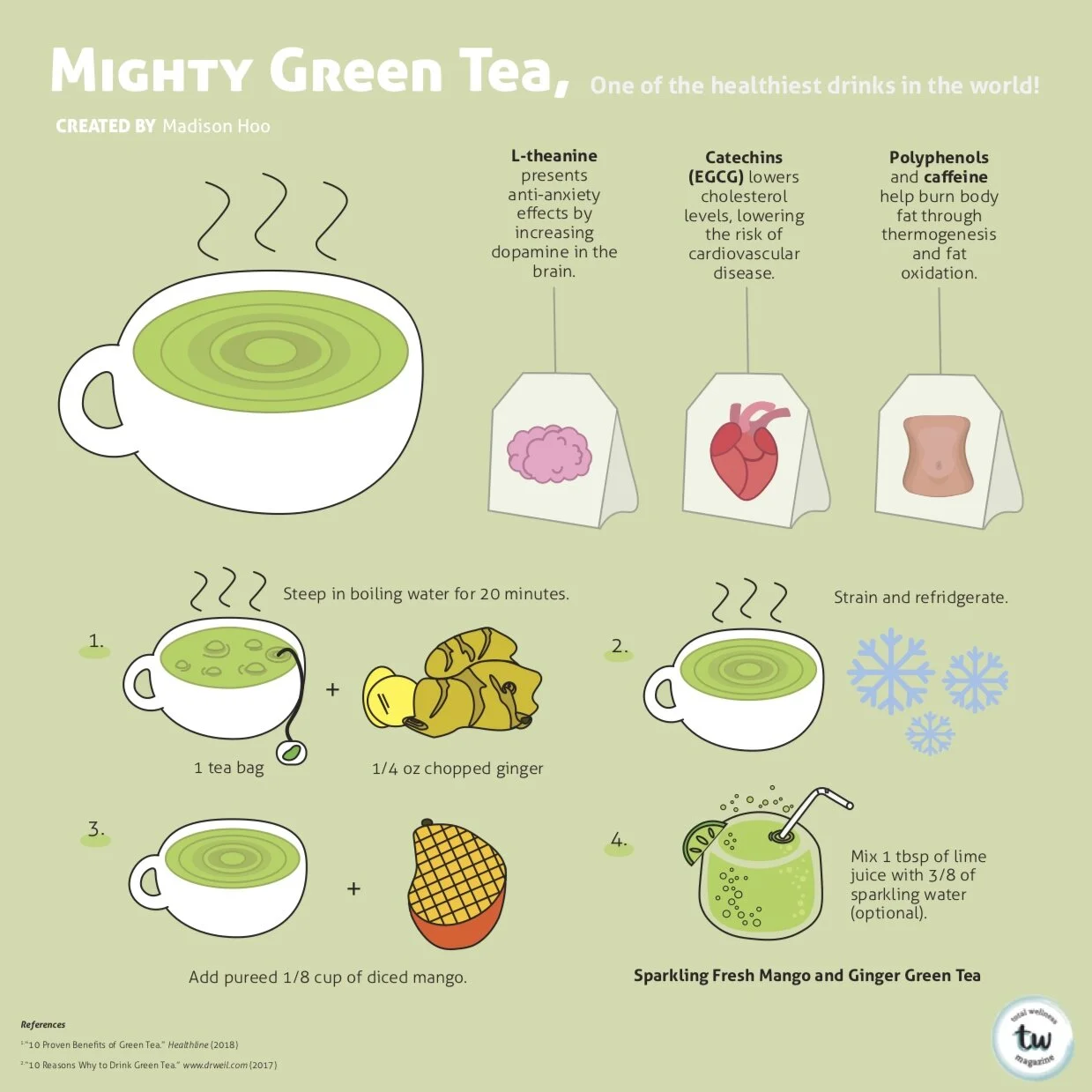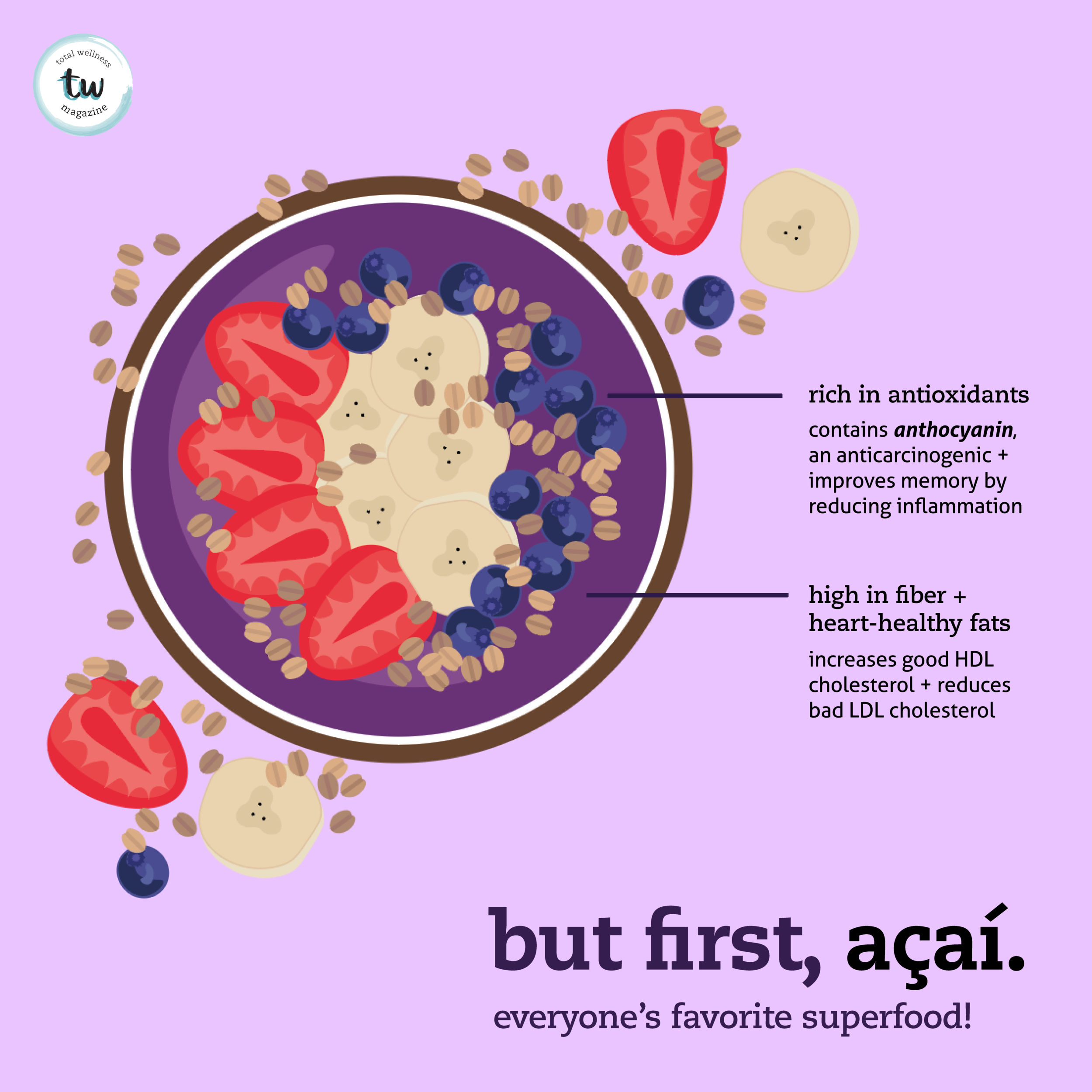ABC's of Ultraviolet Rays
A nice dose of sunshine usually doesn't hurt, but prolonged exposure to the sun also increases the chances of exposure to ultraviolet (UV) radiation. Although our bodies need sunlight to make vitamin D, too much UV exposure can increase the chances of developing skin cancer.
This infographic shows 3 types of UV rays, Ultraviolet A (UVA) rays, Ultraviolet B (UVB) rays, and Ultraviolet C (UVC) rays. UVA rays are common causes of skin aging and eye damage, while UVB rays can lead to sunburns, skin aging, and skin cancer. UVC rays can also cause severe burns and eye injuries but because their penetration depth is low, risks of damage are usually minimal. In addition, UVC rays, are usually blocked by the ozone layer, thus humans are only exposed to artificial sources like lamps or lasers. To limit exposure to UV rays, apply a broad-spectrum sunscreen with 30+ SPF 20 minutes before going outside, stay under the shade, and limit your time exposed when UV rays are strongest based on the UV index.
References
“What is Ultraviolet (UV) Radiation.” cancer.org. (n.d.).
“Ultraviolet (UV) Radiation.” United States Food and Drug Administration. (2019).
“WHO | UV Radiation.” World Health Organization. (n.d.).
“What is the Difference between UVA and UVB Rays?” University of Iowa Hospitals & Clinics. (2016).
“UVA & UVB.” skincancer.org. (2019).
“Health Effects of UV Radiation.” United States Environmental Protection Agency. (2015).





